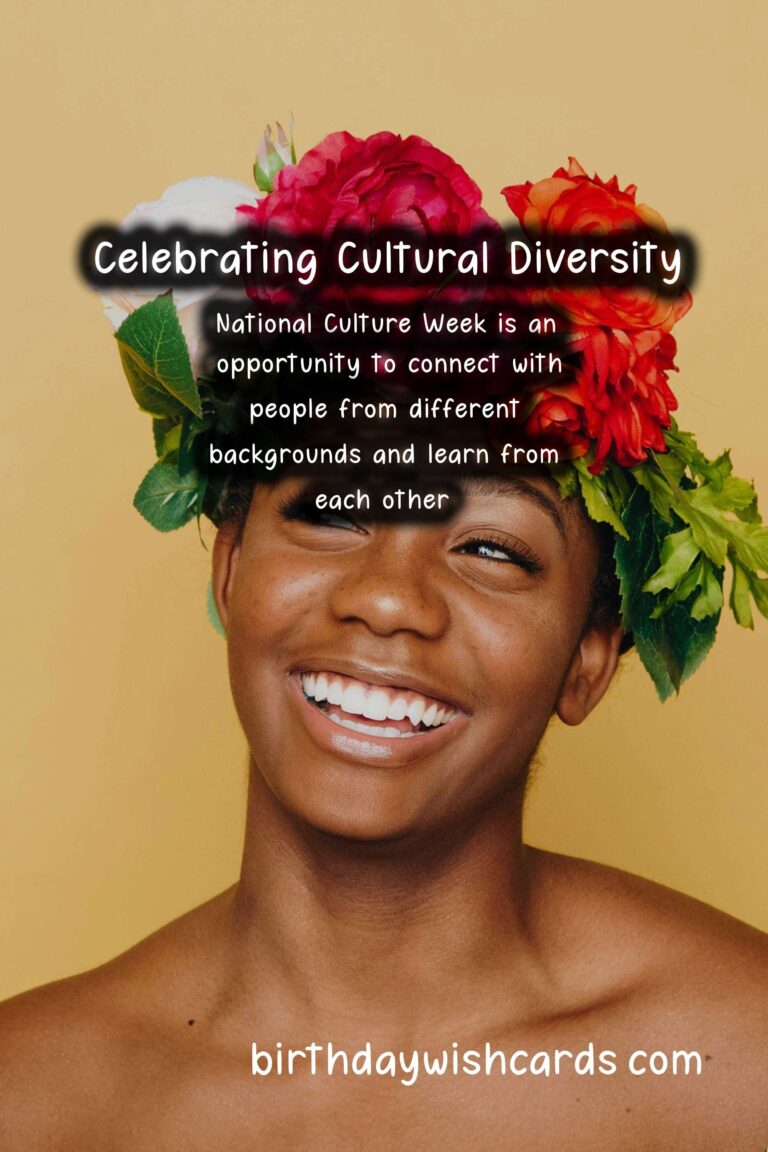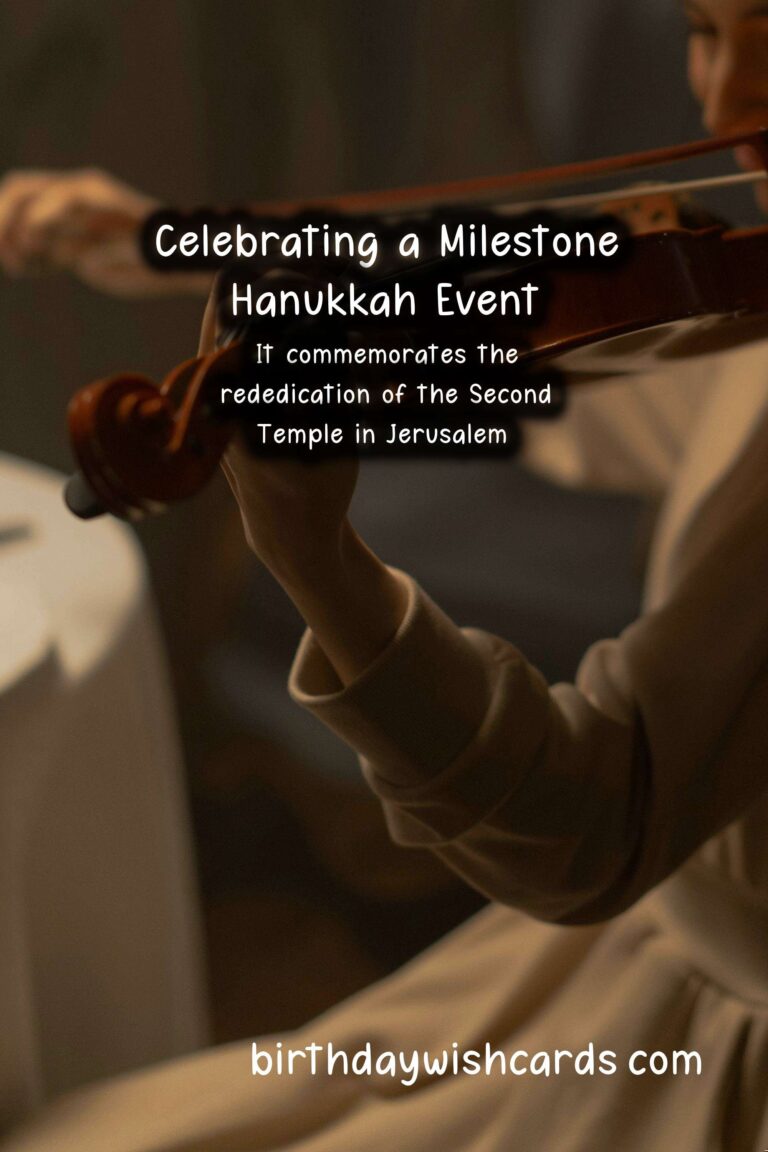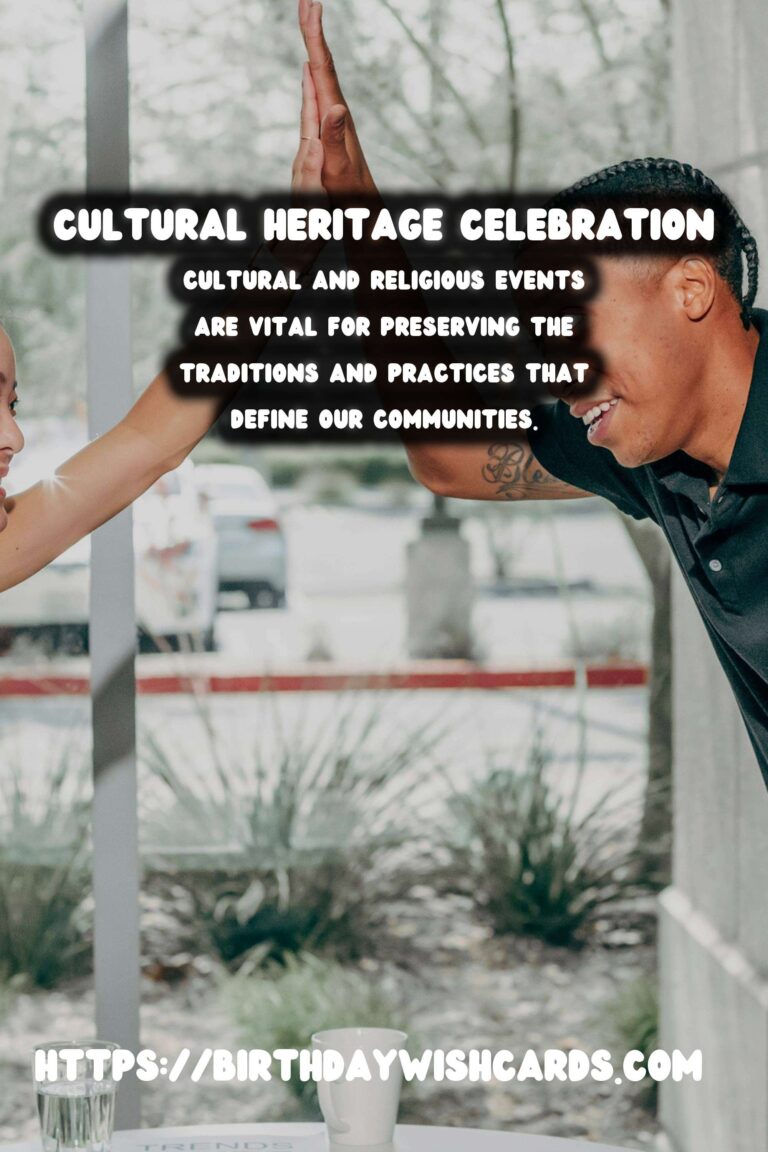How Chinese New Year is Celebrated Around the World
How Chinese New Year is Celebrated Around the World
Chinese New Year, also known as Lunar New Year or Spring Festival, is one of the most significant annual celebrations for Chinese communities around the globe. This festival not only marks the beginning of the new year on the lunar calendar but also celebrates the arrival of spring. The festival is rich in cultural significance, traditions, and vibrant activities that unite families and bring about an atmosphere of joy and hope. In this article, we’ll explore how Chinese New Year is celebrated in various countries around the world, showcasing the unique customs and traditions that make each celebration distinct.
The Origins of Chinese New Year
Chinese New Year dates back thousands of years, with origins rooted in ancient agricultural practices in China. It was originally celebrated to honor deities and ancestors, as well as to mark the end of winter and welcome the first harvest of spring. The festival has evolved over time, influenced by various historical events and cultural shifts, but the core values of reunion, reverence, and renewal remain strong today.
Celebrations in China
In China, Chinese New Year is celebrated with grandeur and festivities. Preparations begin weeks in advance, with families cleaning their homes to sweep away bad luck and make way for incoming good fortune. Decorations abound, featuring red lanterns, couplets, and other symbols of prosperity.
Families come together for a reunion dinner on New Year’s Eve, which includes an array of traditional dishes. Key dishes often consist of dumplings, fish (which symbolizes abundance), and nian gao (sticky rice cake) that represents growth and progress.
Fireworks and firecrackers play a crucial role in Chinese New Year celebrations, believed to ward off evil spirits and usher in a prosperous year. The festival lasts 15 days, culminating in the Lantern Festival where lanterns are displayed, and sweet rice dumplings are shared.
Chinese New Year in Southeast Asia
In Southeast Asia, countries such as Malaysia, Singapore, and Indonesia have significant Chinese populations that celebrate the Lunar New Year with their own unique twists.
In Malaysia, the festival is a public holiday marked by cultural performances, lion dances, and various street fairs. The open house tradition encourages families to welcome guests, regardless of ethnicity, to share in the celebration.
In Singapore, the streets of Chinatown come alive with night markets and festivities during the lead-up to the New Year. The Chingay Parade, featuring colorful floats and cultural performances, is one of the highlights. The use of red packets containing money is common, symbolizing good luck and prosperity.
In Indonesia, the celebration is known as Imlek. It’s characterized by family gatherings, food, and the performance of traditional lion dances. They also emphasize giving red envelopes as a gesture of goodwill.
Celebrations in the United States
The Chinese New Year has also taken root in various cities across the United States, notably in San Francisco and New York City, where large Chinese communities exist.
In San Francisco, the Chinese New Year Festival and Parade is the largest in the West. Festivities include traditional lion dances, martial arts performances, and a grand parade featuring floats adorned with colorful decorations.
New York City hosts its own vibrant celebrations, particularly in Manhattan’s Chinatown. Firecrackers, a lion dance, and street fairs mark the occasion, with families coming together to share traditional meals.
Celebrations in Europe
Across Europe, cities like London and Paris have embraced Chinese New Year celebrations, showcasing the strength of the Chinese diaspora.
In London, the celebration takes place in Chinatown with a grand parade featuring floats, dance troupes, and street performances. The event attracts thousands of attendees who come to witness the vibrant demonstration of Chinese culture.
Paris offers a unique experience, with celebrations featuring a mix of French and Chinese elements. The traditional lion dance is performed in the streets, and the vibrant Lunar New Year Market fills the area with food stalls offering delicious traditional dishes.
Uniqueness of Celebrations in Various Cultures
While Chinese New Year shares common traditions, many regions have developed their unique customs:
- Vietnam: The Vietnamese celebrate Tết Nguyên Đán, which includes customs such as offering food to their ancestors and preparing special foods including banh chung (sticky rice cake).
- Korea: While Korea celebrates Seollal, it focuses on honoring ancestors and performing traditional rituals like wearing hanbok (traditional clothing).
- Philippines: In the Philippines, the Chinese community celebrates with dragon dances, fireworks, and a family feast similar to those held in China.
Conclusion
Chinese New Year is a celebration that transcends borders, bringing together various cultures to honor the essence of rebirth and community. Whether in China or a distant land, the spirit of togetherness, goodwill, and festivity makes this festival an unforgettable experience for those who take part. As we continue to witness its growing global impact, Chinese New Year serves as a reminder of the rich tapestry of traditions that connect us all.
Chinese New Year, also known as Lunar New Year or Spring Festival, is one of the most significant annual celebrations for Chinese communities around the globe.
The festival is rich in cultural significance, traditions, and vibrant activities that unite families and bring about an atmosphere of joy and hope.
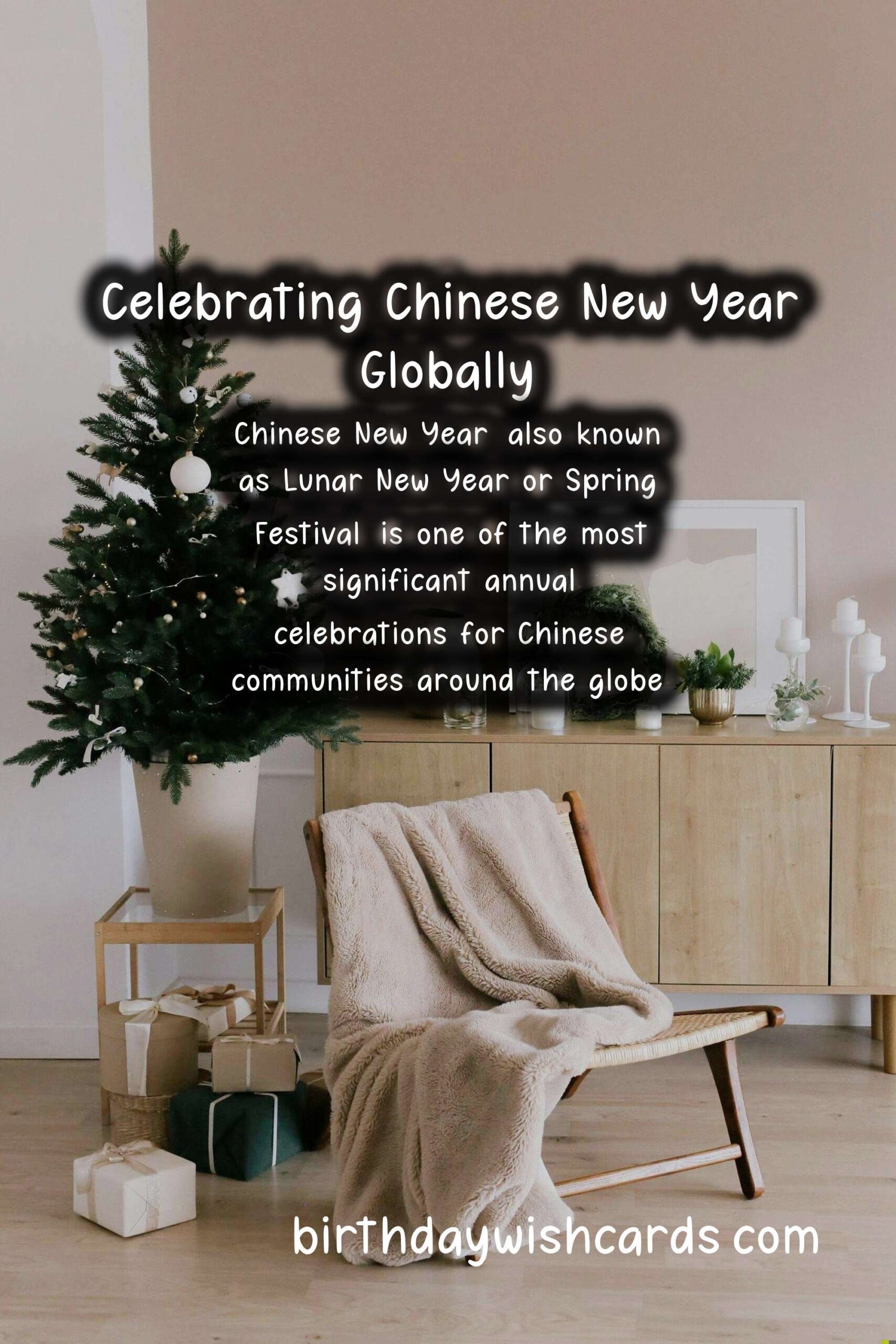


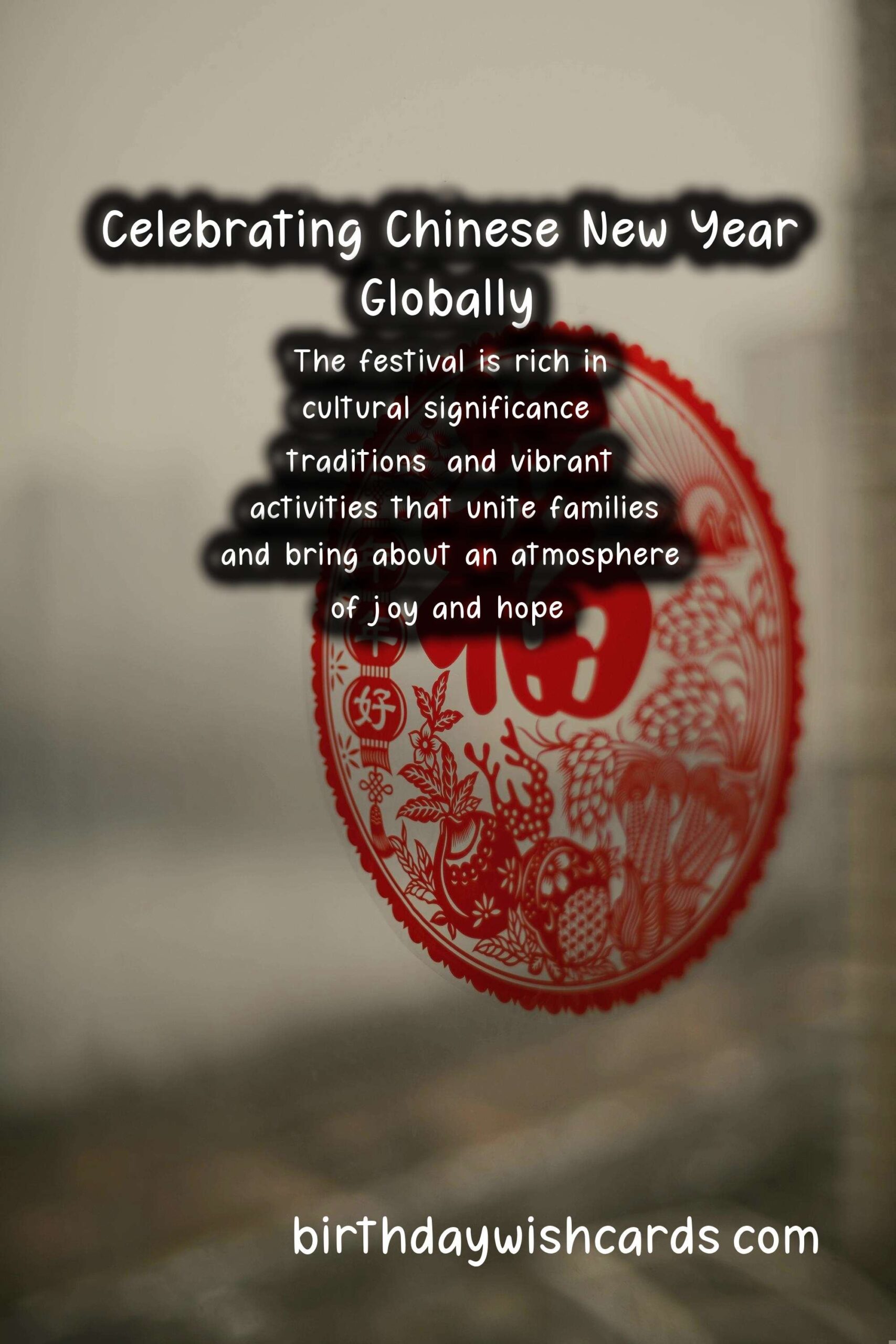






#ChineseNewYear #LunarNewYear #CulturalCelebrations

